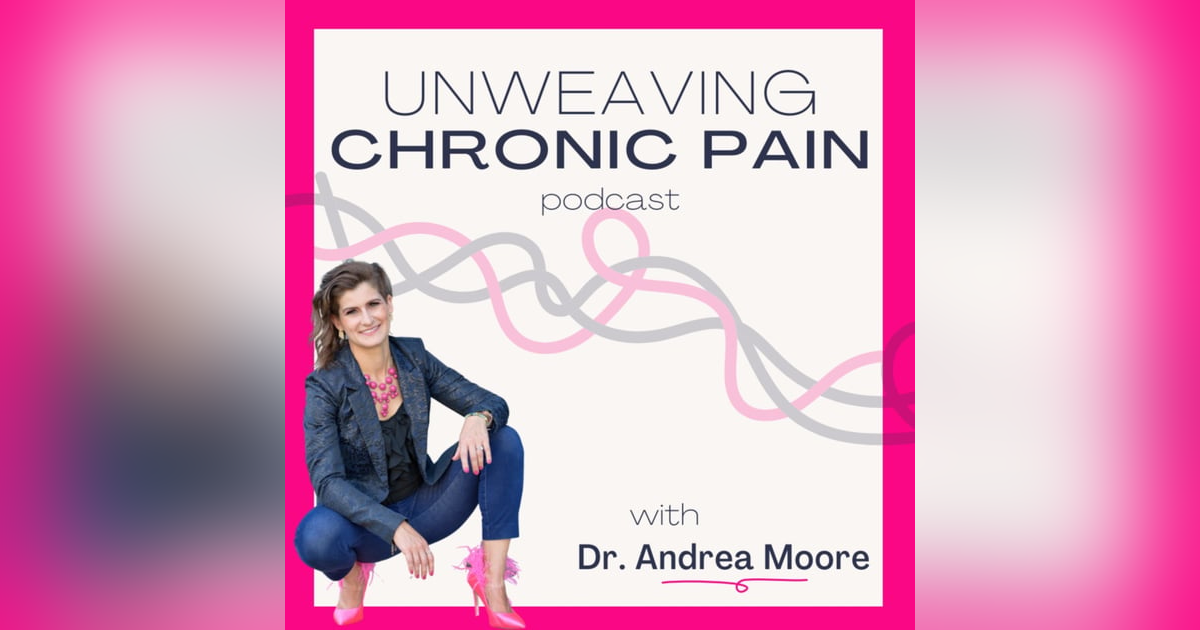Living an Aligned Life with the Whole Self Integration Method

Book an energy uplevel call: https://drandreamoore.as.me/?appointmentType=500431
Find me on IG www.instagram.com/drandreamoore
Ever felt trapped in a cycle of pain, unable to harness your unique gifts and live your joy? Imagine having the key to unlock a transformative process that helps you step into your power. This episode is all about the Whole Self Integration Method, a four-step process designed to help you embrace your unique gifts and live a life filled with joy.
We kick things off by shedding light on the importance of self-care during tumultuous times. We unravel the secret to transforming pain into power, meeting yourself where you are, and allowing yourself to truly experience your reactions without judgement. We then delve into the introspective inventory, exploring how imprints on our nervous system, underlying beliefs, and ingrained programming could be sabotaging your desires.
As we progress, we highlight the importance of aligning our actions with our aspirations, providing a roadmap on how to formulate an action plan in tune with your goals. We also discuss the dynamism of self-integration and its role in updating neurological patterns that may not be in sync with your age, desires, or goals. Wrapping up, we explore how the Whole Self Integration Method can aid you in crafting an action plan that harmonizes with your aspirations and helps you break free from the patterns that may be hindering your progress. Join us on this journey and unlock the profound shift this can bring about in living authentically.







